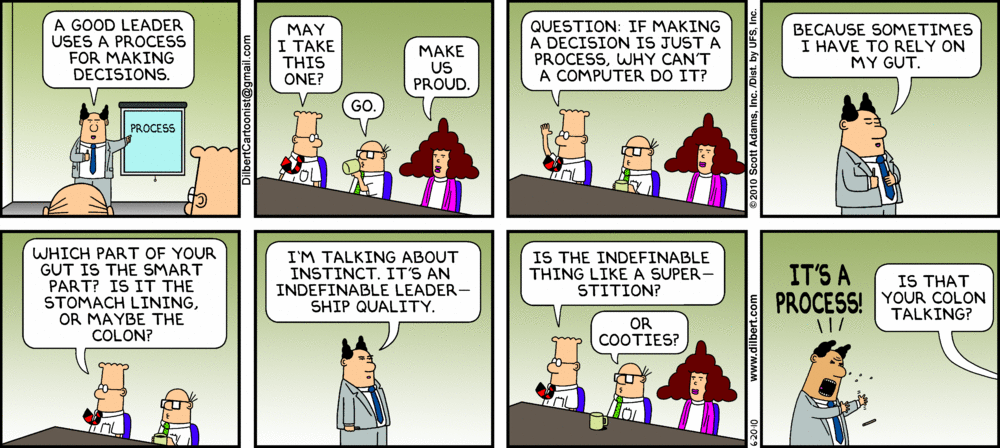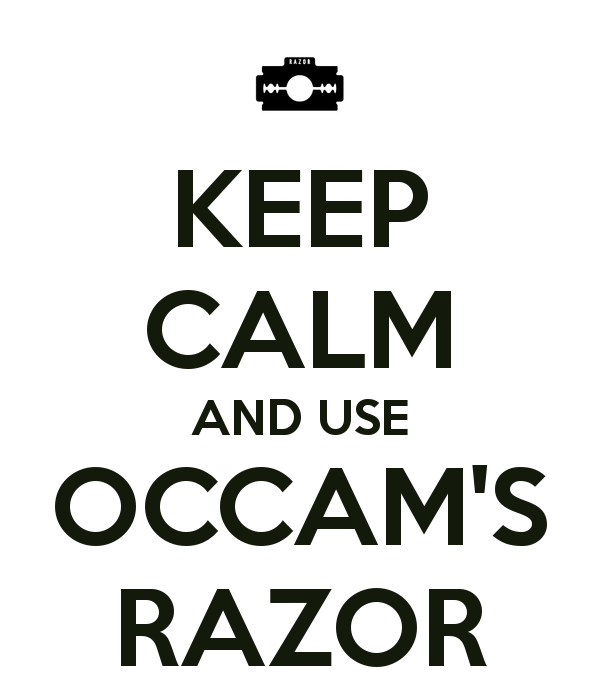Mental models
Earlier this week, three of my students working on a startup project asked for advice regarding the division of work in their team. The three of them had been spending the past weeks building the first version of their app and still had some work to do before having an MVP. The problem is that one of them, who’s less into coding than the others, was beginning to feel demotivated. And the others were reluctant to see 1 soldier doing non-tech work, while they still had so much work to do. They didn’t know how to divide their work and, instead of telling them what to do, I advised them to use first principles thinking, one of the mental models I use when I have to make complex and impactful decisions. And then I realized that actually, while my students often have (and will have) to make smart decisions, no one ever taught them how to decide.
There is no class called “decision making”
If you think of your life, your career, your relationships, how many major decisions have you already had to make? And more importantly, how did you make these decisions? When the stakes are high (should I marry this person), the environment complex (should I downsize my company because of the COVID impacts) or with little information available (should I work for this unknown startup), decisions can be very hard to make. But when we’re done with the advantages/disadvantages tables and called all our friends, what’s left to make high-quality decisions?

According to Shane Parrish, the founder of Farnam Street, an online review dedicated to decision-making, “making better decisions isn’t one skill but rather a series of tools and frameworks. What distinguishes consistently good decision-makers from poor ones is a series of diverse mental frameworks and tools”.
Charlie Munger, the billionaire partner of Warren Buffet at Berkshire Hathaway (and one of Parrish’s inspirations) calls these frameworks mental models and argues that “the best way to make sense of the world and make decisions is through a latticework of mental models”. The successes of Berkshire Hathaway have been too consistent for too long to be just about luck. So maybe using mental models actually works.
Mental models
A mental model is simply a representation of how something works. Since we cannot keep all of the details of the world in our brains, we use mental models to simplify the complex into understandable and organizable chunks. For example, gravity is a very useful model that we use all the time to prevent objects and human beings from falling into the ground 😅
There are tens of mental models available to understand the world (like gravity) or to make decisions. Farnam Street has published 2 books about mental models and there’s even an app to help you select mental models based on specific situations. These are some of the mental models I frequently use:
- Thinking in first principles: identifying the underlying ideas or facts, getting back to basics
- Probabilistic Thinking: also known as thinking in bets, helps you identify the most likely outcomes of a complex situation
- Occam’s razor: among competing hypotheses, the one with the fewest assumptions should be selected
- Circle of competence: works by identifying what you truly know well to avoid acting on what you think you know well

The hammer and the nail
The main danger of using mental models to make decisions is the illusion of certainty. Because you’ve been able to make efficient decisions with some models, the risk is to start using them in any situation. As a friend said, to a man with a hammer, everything looks like a nail.
According to George Box, a mathematician and professor of statistics, “essentially, all models are wrong, but some are useful”. They can be inaccurate because they are simplifications but they can still be useful because we can still learn from them. So the main protection against overusing some models is to always keep discovering new models and use multiple models when making decisions, especially if the initial outcome validates our intuition.
One thing I’m consistently doing when the first result I get confirms my pre-existing beliefs or my intuition is to argue the other side. If the outcome of the mental model I used is decision A, what would happen if I chose decision B, which is its exact opposite? This works well in build vs buy decisions where you have to assess whether you should build a solution internally or use an external vendor.
But even arguing the other side is not enough as we are masters at fooling ourselves. Annie Duke, the author of Thinking in Bets, and World Series of Poker champion, advises creating a decision group. Since none of us is capable of overcoming our natural biases, the only way to make sure that our decisions are always objective is to get together with other truth-seeking peers with whom you can talk about decision making and, as a result, will help you make better decisions.

By the way, in case you were wondering what decision my students ended up taking, they went back to the basics of building a company (which is to generate profits) and realised it was not efficient to have the whole team focused on building the product, and no one focused on talking to users. So 1 of them is now 100% dedicated to user interactions while the 2 others continue to build the product 😉
In summary
- We often have to make important decisions but we’ve never properly learned how to make smart decisions
- The best way to make sense of the world and make decisions is through a latticework of mental models
- Using one or two mental models is not enough and you should continuously build your knowledge of models, especially the ones that don’t generate outcomes that validate your initial beliefs
- Even when using mental models, we can fool ourselves so, in order to improve the quality of your decision making, you should create a decision group that will always be honest and objective with you
Additional resources
If you’re interested to get more content about mental models, I recommend the following resources:
📖 The Great Mental Models Volume 1: General Thinking Concepts - Shane Parrish and Rhiannon Beaubien from Farnam Street
📖 Thinking in Bets: Making Smarter Decisions When You Don't Have All the Facts- Annie Duke
📱 Mental Models - Tools to navigate life better - an app by edvo
